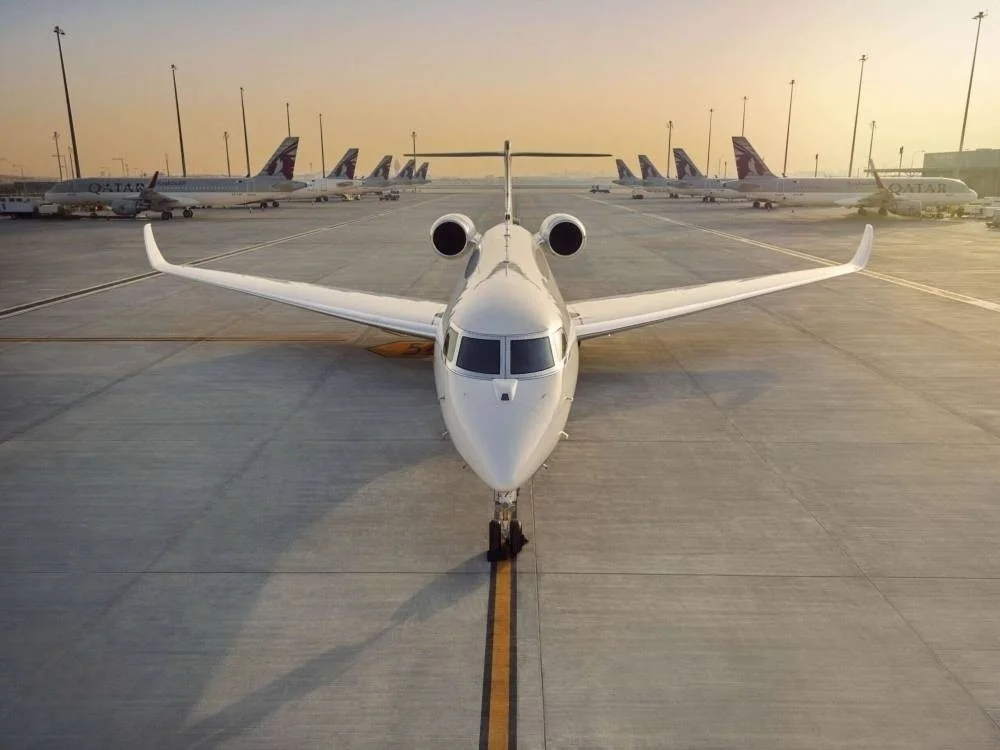A hypothetical scenario exploring the prolonged Sri Lankan civil conflict beyond 2009 highlights how the Liberation Tigers of Tamil Eelam (LTTE) could have leveraged modern drone technology to significantly increase their lethality. By 2025, affordable, sophisticated drones equipped with cameras, thermal imaging, and even small payloads could have transformed the battlefield.
Drones would have given the LTTE real-time surveillance and intelligence on Sri Lankan troop movements, enabling precise ambushes and undermining military effectiveness. Weaponized drones carrying improvised explosives could have harassed troops, targeted supply chains, and conducted strikes on high-value targets, causing psychological and operational disruption. The LTTE’s naval operations might have evolved with unmanned surface vessels for mine-laying and kamikaze-style attacks, challenging the Sri Lankan Navy.
Sri Lanka’s conventional military strengths would have been challenged by drone swarms, which are difficult to counter with traditional air defenses. Developing effective counter-drone systems such as advanced detection radars, electronic jammers, cyber capabilities, and anti-drone weaponry is essential but costly. The prolonged drone-enabled conflict would have severely impacted Sri Lanka’s economy, tourism, and foreign investment while escalating human casualties.
The article recommends Sri Lanka’s armed forces urgently invest in multi-layered Counter-Unmanned Aerial Systems (C-UAS), develop indigenous drone capabilities, enhance cyber warfare and intelligence gathering, and foster R&D collaborations and international partnerships. Public awareness and civil-military cooperation are also vital to prevent unauthorized drone use.
This scenario underscores the rapidly evolving nature of warfare where technological innovation can redefine conflict dynamics. Sri Lanka’s decisive victory in 2009 may have averted a far more complex and devastating drone-enabled insurgency. Proactive adaptation to emerging drone threats remains crucial for national security in the 21st century.















